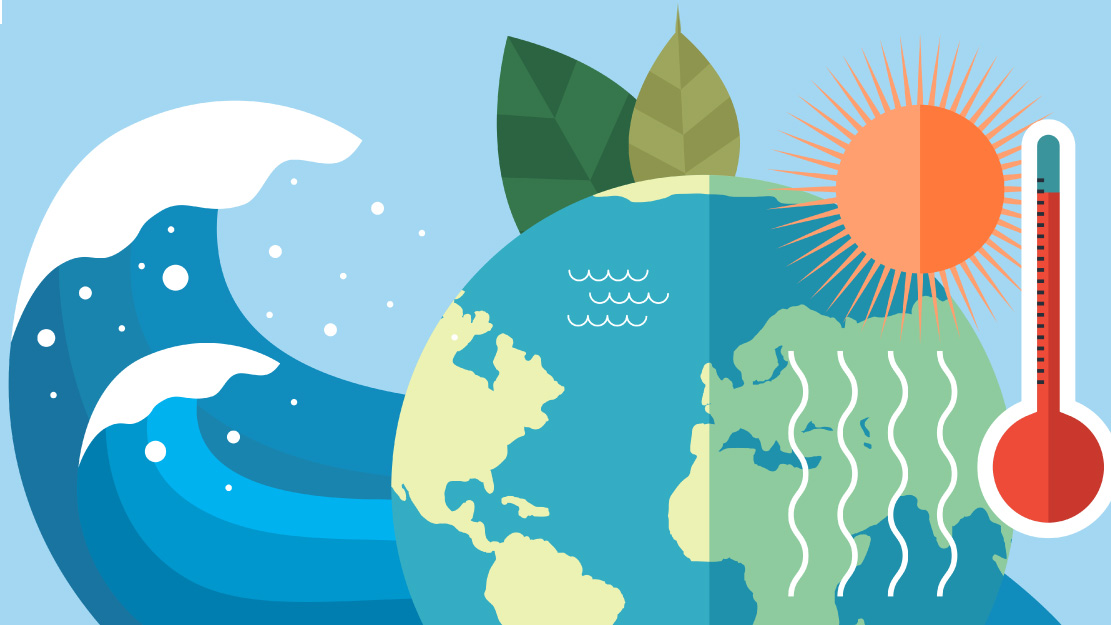From Canadian wildfires billowing smoke visible from space to 21 days of temperatures above 110°F in Phoenix, huge swathes of the American population endured extreme weather events in the summer of 2023.

While recent extremes were hard to escape, severe weather isn’t limited to summer:
- In January, the Midwest and South reported 168 tornados. Warmer temperatures made for better conditions for tornados, according to CNN.
- California experienced an atmospheric river in March with a “bomb cyclone” that left two people dead and more than 100,000 without power. Its hurricane-level winds affected 35 million people.
- Spring heat waves in Asia and the Mediterranean resulted in Bangladesh, India, Laos, and Thailand recording their highest temperatures to date, with some areas reaching over 113°F.
- And in July, Earth experienced its highest unofficial average temperature ever.
These extreme weather events not only take a toll on patience and comfort; they also come with a significant financial cost.
As of August 8, 2023, the U.S. has experienced 15 separate weather and climate disasters resulting in business losses of more than $1 billion, according to the National Oceanic and Atmospheric Administration (NOAA). These incidents have also resulted in the deaths of 113 people. In 2022, extreme weather events cost the United States about $177 billion, according to NOAA.
With frequency and intensity on the rise, your clients may wonder how weather extremes could affect their financial futures. Here are a few things to keep in mind.
Some sectors are likely to be harder hit by weather extremes
Although weather disasters costing billions of dollars certainly impact the economy broadly, some sectors are more directly affected.
In 2022, extreme weather disasters globally cost the insurance industry $125 billion in covered losses. Major insurance companies have virtually abandoned the homeowners market in Florida, making it difficult for residents to find insurance and resulting in premiums nearly four times higher than in the rest of the country. Two insurers have also announced they are no longer writing policies in California. Insurance companies have pointed to the high costs of rebuilding and replacement and the cost of reinsurance as factors in their decisions.
Severe weather had major impacts on airlines several times over the past year, resulting in many costly flight delays and cancellations. In 2019, the FAA estimated that delays and backups cost the industry about $33 billion.
Although 2023 has generally seen a rebound in tourism, popular destinations like Italy, France, and Greece suffered through sweltering summer conditions. While final figures on summer 2023 travel are not in, a pattern of summer heatwaves could have travelers rethinking their summer travel plans in the future.
Extreme hot and cold weather are likely to have direct impacts on agriculture, construction, and energy production, among other sectors.
Extreme weather is a global phenomenon
The World Meteorological Organization (WMO) reported global economic damage of $4.3 trillion and 2 million deaths from extreme weather, climate, and water-related events over the past half-century.
The WMO also reports that Asia is warming faster than the global average and experienced 81 disasters that directly impacted 50 million people in 2022. The continent has ricocheted between droughts and floods recently and can expect an increase in the frequency and severity of events impacting livelihoods generally and agriculture in particular.
Some weather-related businesses are seeing a boost
As climate becomes a greater concern for businesses in many sectors, companies involved in weather data and climate modeling have caught the attention of investors.
Companies that offer weather analytics can help with planning everything from vacations to the location of new buildings to the potential for supply chain disruptions. According to Crunchbase, investment in weather prediction startups increased from just over $16 million in 2016 to more than $541 million in 2021. Climate modeling has caught the attention of major financial firms with Moody’s and S&P Global purchasing companies that specialize in modeling climate risks.
As extreme weather continues to make a profound impact, FundVisualizer can help you understand the implications for your clients. Use FundVisualizer’s sector allocation and top holdings charts to see where your clients’ portfolios may be impacted the most by these events. Learn more at FundVisualizer.com.
334731
Putnam Retail Management.





